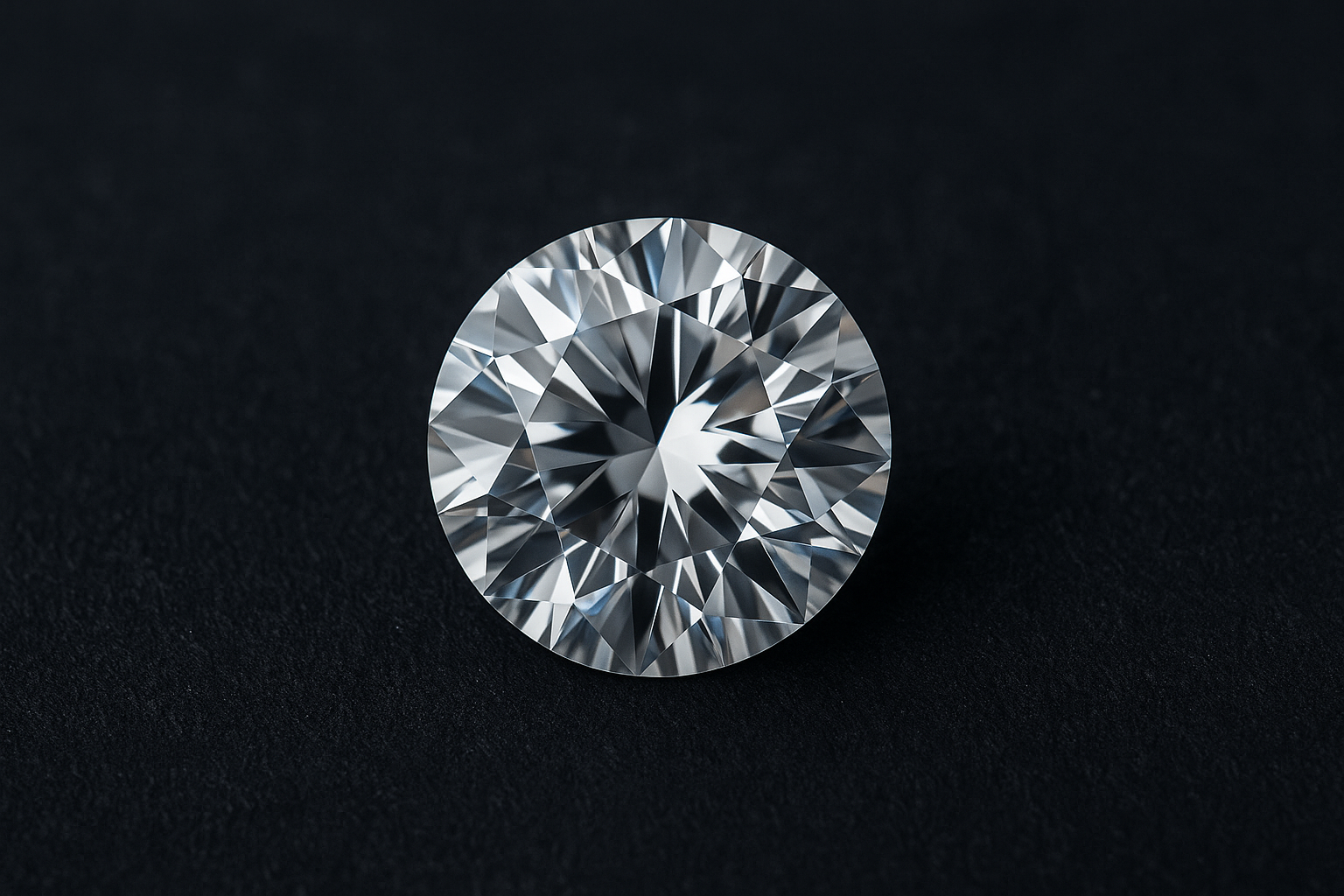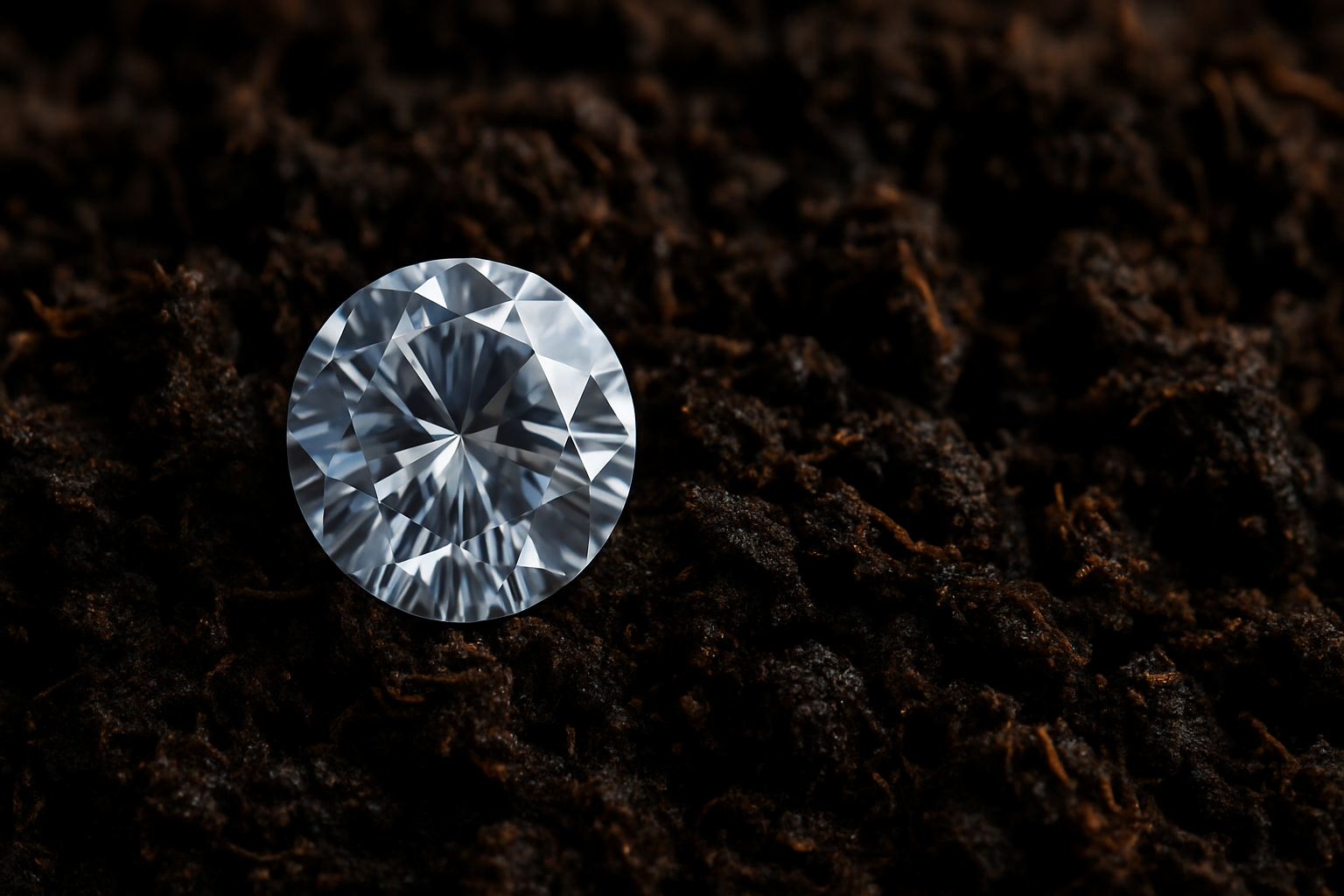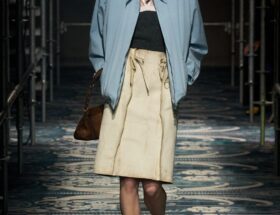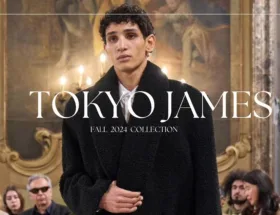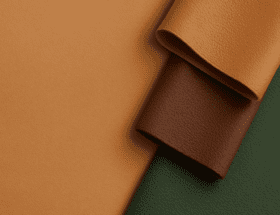The diamond industry is undergoing one of its most dramatic shifts in over a century. Once defined by rarity, geological time, and deep-pocketed exclusivity, it now faces a challenge from an unexpected source: lab-grown diamonds.
What was once a scientific novelty has become a full-fledged disruptor — and luxury brands are racing to respond. Here’s why lab-grown diamonds are shaking the foundation of the industry, and how brands from Tiffany to Pandora are adjusting to this transformation.
Why Lab-Grown Diamonds Are Disrupting Luxury
- Price: A Radical Drop
Lab-grown diamonds are up to 80–90% cheaper than their mined counterparts. A 1-carat natural diamond that costs ₹10–15 lakhs might have a lab-grown equivalent priced around ₹1.5–2 lakhs.
This drastic price difference breaks the core logic of traditional luxury — that rarity equals value.
“If my ₹15 lakh ring can be made in a lab for 10% of the price next year… does it still feel special?”
This pricing disruption is pushing buyers — especially younger ones — to question what they’re really paying for: the stone, or the story behind it.
- Mass Production = Mass Accessibility
Natural diamonds are limited by geography and geology. Lab-grown diamonds can be created anywhere, anytime, in a lab, within weeks.
The global market already sees 12+ billion carats of synthetic diamonds being produced annually — compared to only 150 million carats mined from the earth.
This makes diamonds more accessible, democratized, and customizable — but also raises concerns about oversupply and declining resale value.
- Consumer Behavior Has Changed
Gen Z and Millennials aren’t loyal to legacy — they’re loyal to transparency, sustainability, and values.
• Between 2016 and 2018, willingness to buy lab-grown engagement rings jumped from 55% to 70%.
• Many now prefer diamonds that are traceable, ethical, and free from the social or environmental baggage of mining.
And engagement rings themselves? Less important than before. Some young couples even consider them outdated or patriarchal.
How Luxury Brands Are Responding to the Lab-Grown Shift
Faced with a changing market, the diamond industry is splitting into three strategic responses, based on brand positioning:
- High-End Luxury: Defend the Legacy
Brands like Cartier, Tiffany & Co., Harry Winston, and Bulgari are staying loyal to natural diamonds.
• Their value is built on tradition, craftsmanship, rarity, and emotion.
• These brands promote “forever diamonds” as symbols of timeless love.
• Lab-grown stones may appear flawless — but emotional resonance, history, and symbolic meaning still give natural diamonds a premium.
Some are cautiously testing lab-grown accents in watches or casual collections, but the core engagement ring product remains mined.
- Bridge Brands: Embrace the New Reality
Brands like Swarovski and Pandora are fully embracing lab-grown.
• In 2021, Pandora announced it would stop using mined diamonds altogether.
• These brands are appealing to younger buyers who value ethics, customization, and affordability over geological rarity.
• Their positioning? “Accessible luxury that’s beautiful, ethical, and guilt-free.”
For these brands, lab-grown diamonds unlock innovation — and offer a modern answer to traditional jewelry snobbery.
- Lab-Grown-Only Startups: Redefining the Game
Enter the disruptors — brands like:
• Courbet (France)
• Kimai (UK)
• Lark & Berry (Global)
These startups are lab-grown from day one, focusing on:
• Sustainability
• Transparency
• Direct-to-consumer relationships
• Sleek digital branding
Their mission? To make diamonds modern again. Ethical. Inclusive. Personal.
Their message? “We’re not copying luxury — we’re rewriting it.”
The Future: Coexistence, Not Replacement
We’re not heading toward a world where lab-grown diamonds “replace” natural ones. Instead, we’re entering a dual-market era:
Segment Diamond Type Buyer Mindset
Luxury Natural only Legacy, romance, status
Bridge Mostly lab-grown Ethical, stylish, affordable
Startups Fully lab-grown Transparent, bold, sustainable
Just like fashion has haute couture, ready-to-wear, and fast fashion, the jewelry world will split — but stay connected by design, desire, and storytelling.
Final Thought: The New Definition of Luxury
Lab-grown diamonds are doing more than challenging price or materials. They’re redefining what luxury means.
In the past, luxury meant:
• Rarity
• Cost
• Exclusivity
Today, it’s evolving to include:
• Transparency
• Ethics
• Emotional relevance
